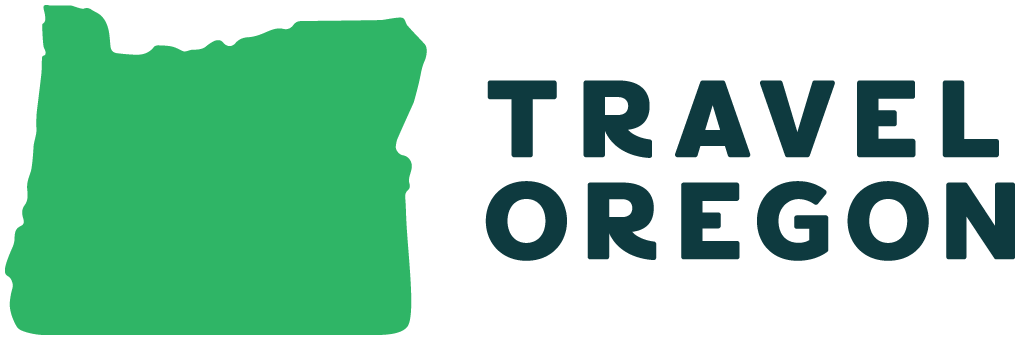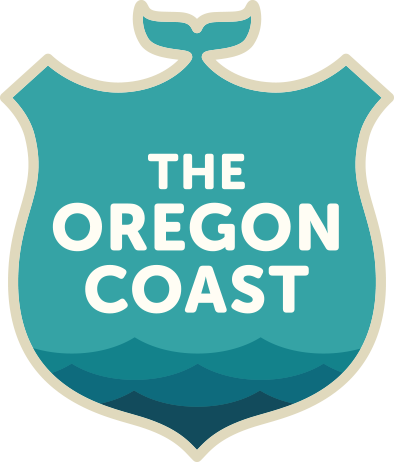Guest Services Training
The purpose of this tactic was to answer a strong need that our stakeholders outlined including an increase in skilled workforce in the tourism industry and to offer on-line or in-person customer service training to local tourism facing entities and their employees/staff.
We did this by delivering Guest Service Gold customer service training through a strong partnership with ORLAEF. We trained HR or guest service representatives from larger hospitality organizations or DMOs during a ‘train the trainer’ event. They were then able to do in-house training for their own organizations or communities. We provided up to $1,000/business to use towards student workbooks.
We planned to have 200 per year are certified, 400 over the biennium. OCVA made a two-year investment for a total of $30,000. After two years, 649 coastal employees were certified.
Results
Successes: Our number of 649 certified (and still waiting for the results from an additional 17) speak to the success of this investment. Trainings took place in all three sub regions and strengthened our industry by providing the same type of customer service training to a multitude of businesses. A few businesses have even become certified by having their entire staff trained. The strong success of this has also spurred on our intent to develop a larger workforce training that would expand from customer service to also include front desk representative, guest room attendant, and certified restaurant server.
Moving Forward
A challenge we have experienced is that there can be a high turnover in staff, which is the benefit of having the same baseline level of customer service training for employees in Oregon.
However, people that we trained to become trainers also have left and when we have a community without a nearby trainer it can be difficult to schedule and complete a training. We also found that smaller businesses can’t afford to send their employees off-site but don’t have enough employees to host their own training. They are still able to complete trainings online but find that in-person trainings are the most impactful.
Back to Home Next Investment
